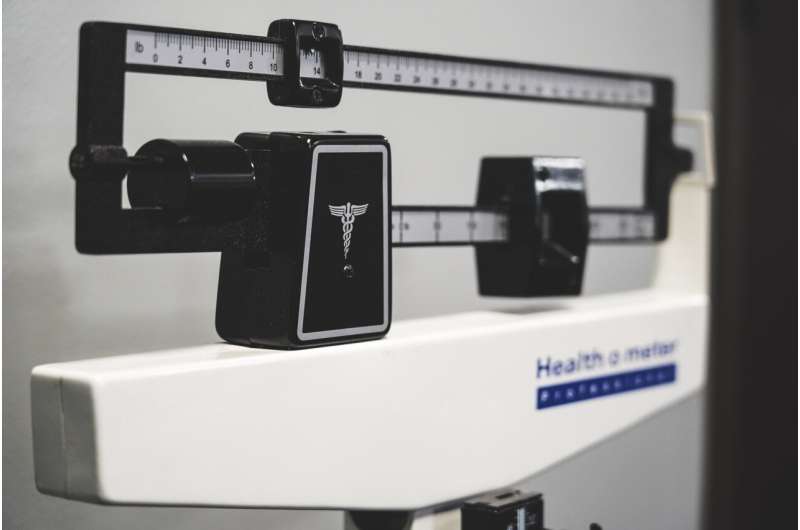Childhood Socioeconomic Disadvantage Associated with Brain Changes in Professional Fighters

A recent study reveals that professional fighters from socioeconomically disadvantaged backgrounds are more likely to experience early brain changes associated with neurodegeneration, highlighting the impact of childhood environment on long-term brain health.
Recent research highlights that professional combat athletes who grow up in socioeconomically disadvantaged neighborhoods may experience greater brain alterations linked to neurodegeneration later in life. The study, published on August 13, 2025, in Neurology Open Access, examined how childhood environment influences brain health among fighters engaged in boxing, mixed martial arts, and similar sports.
The investigation involved 100 active or recently retired professional combat sports athletes, of whom 14% were female, and 43% identified as Black, American Indian/Alaska Native, Asian, Pacific Islander, or from multiple racial backgrounds. All participants had at least ten fights and were followed over an average of five years. During this period, about 20% developed cognitive issues affecting thinking and memory.
Using magnetic resonance imaging (MRI), researchers assessed brain structure periodically. They also evaluated social factors such as income, education, and housing quality, utilizing Census data and the Area Deprivation Index, which assigns higher scores to more disadvantaged neighborhoods. Athletes from areas with high socioeconomic disadvantage primarily showed signs of early neurodegeneration, including a thinner outer brain layer and reduced volumes in key regions such as the thalamus, cerebellar cortex, and hippocampus.
Specifically, the thalamus volume was approximately 354 mm³ smaller in athletes from high-disadvantage backgrounds, and the cerebellar cortex was about 2,478 mm³ smaller compared to those from more privileged areas. Adjusting for elevated levels of neurodegeneration biomarkers indicated that these volume reductions could be as much as 60% lower in the most disadvantaged individuals.
This study emphasizes that brain health is influenced not only by factors like fight history and head impacts but also significantly by social and economic contexts. Stressors associated with poverty, such as poor housing, limited access to healthcare, and economic instability, may compound the risks of brain damage from repetitive head injuries.
However, the study's scope was limited to athletes currently active or recently retired, which might underestimate the long-term effects observed in athletes with longer careers or retired long ago. Nonetheless, these findings underscore the importance of considering socioeconomic factors when addressing neurodegenerative risks in athletes.
Ultimately, the research advocates for a broader perspective in brain health strategies, recognizing that where an individual grows up can impact their resilience against neurodegeneration. By acknowledging these social determinants, more equitable and effective protective measures can be developed for athletes from marginalized communities.
Stay Updated with Mia's Feed
Get the latest health & wellness insights delivered straight to your inbox.
Related Articles
Brain Stimulation Shows Promise in Reducing Cannabis Dependence in Multiple Sclerosis Patients
A new study by NYU Langone Health highlights how at-home brain stimulation combined with mindfulness can help reduce cannabis dependence in women with multiple sclerosis, offering a promising new treatment option.
Bariatric Surgery Outperforms Medical Management in Reducing Obesity-Related Health Risks
New research demonstrates that bariatric surgery significantly reduces the risk of developing serious metabolic conditions compared to medical weight management, offering a durable solution for obesity-related health issues.
Identification of Two Brain Cell Types That Shape Our Response to Smells
New research uncovers how specific brain cells in the amygdala influence whether we perceive smells as enjoyable or repulsive. Discover the neural basis of olfactory emotional responses and potential treatments for sensory sensitivities.



